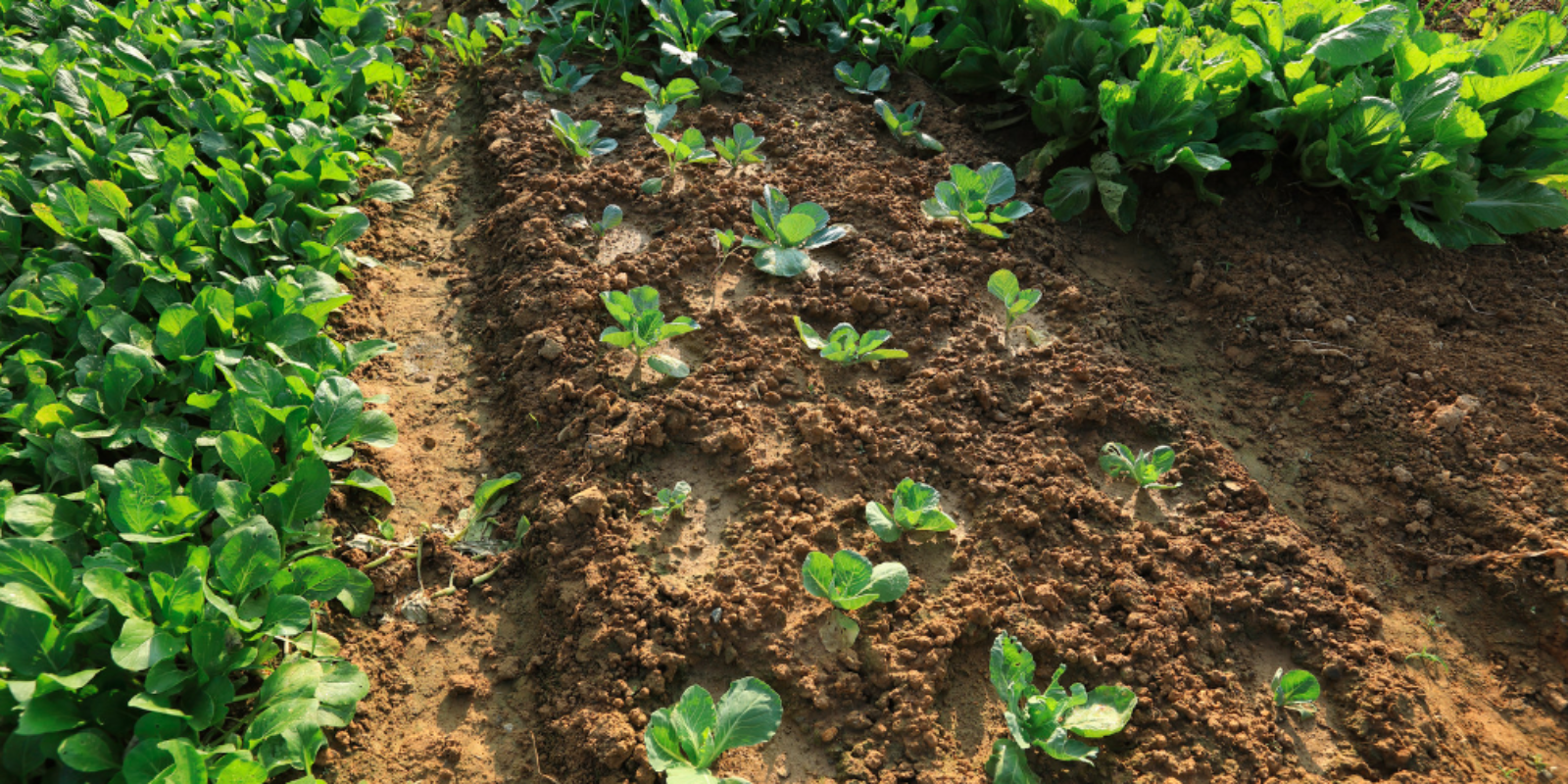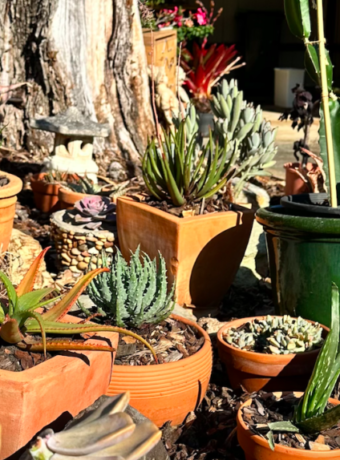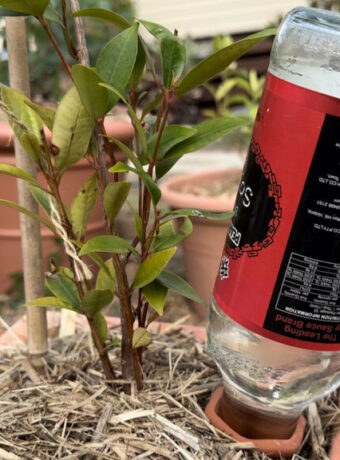Successive or succession planting involves planting crops at intervals to ensure a continuous harvest throughout the growing season. For example, I have just planted some bean seeds, I have some that are growing and about to produce or just starting to produce beans, and I have mature plants that have been producing beans for a while and starting to slow down. By planting them at specific intervals, I can ensure I have a continuous supply of beans, rather than planting a heap at once and having too many beans and then suddenly none at all.
Benefits of Successive Planting
This is typically great for annual plants— those that have a shorter life cycle of only one growing season, where you plant the seeds, they germinate, and you either eat the whole plant itself, or it produces edible fruits/vegetables, and then it goes to seed or dies off when the conditions aren’t suitable.

Successive planting is great for root vegetables— things like carrots, radishes, beetroot, or turnips— where you only get one vegetable from each seed, so if you want a consistent harvest you’ll need to plant them consistently.
It’s also great for any leafy greens, like lettuce, spinach, kale, or arugula. These can be planted every few weeks for a continuous supply of fresh greens.
It works for beans and peas as well, and things like green beans and snow peas can be planted successively for a continuous harvest during the warm season.
At its core, permaculture emphasises the thoughtful use of resources, the cultivation of biodiversity, and the reduction of waste. Successive planting can play a pivotal role in permaculture systems with benefits such as:
- Continuous Yields: By staggering planting times, you can ensure a consistent supply of fresh produce throughout the growing season. No more gluts followed by periods of scarcity.
- Optimised Resource Use: Succession planting allows you to utilise your garden’s resources more efficiently. Soil nutrients, water, and sunlight are continuously replenished and used effectively.
- Biodiversity: Embracing diversity in your garden is a permaculture principle, and succession planting facilitates this beautifully. Different crops at different stages attract diverse wildlife, improving ecosystem health.
- Reduced Waste: In a well-planned succession planting system, you’re less likely to have surplus crops that go to waste. This aligns perfectly with the permaculture ethos of minimising waste.
- Economic and Space Efficiency: Succession planting allows you to make the most of your garden space and resources, making it an efficient and cost-effective way to garden.
The Bathtub Analogy for Stocks & Flows
In order to be strategic about succession planting, there’s a great systems-thinking tool that can help us. It’s called the “bathtub analogy,” and it is a visual model for conceptualising “stocks and flows” in a system. Stock and flow in systems thinking refers to the presence and dynamic movement or flow of energy through a system— “energy” can be anything from resources to information or capital.

Inflow is just the amount and speed of energy entering into the system. In the bathtub analogy, it’s water coming through the tap.
Stock is the amount of energy being stored in the system. In the bathtub analogy, that’s the water in the tub.
Outflow is the amount and speed of energy exiting the system. In the bathtub analogy, it’s water draining through the hole.
A system will have a buffer between the maximum and minimum levels of stock. The maximum is the amount at which the system will become unstable. If there’s to much water in a bathtub, it will overflow. The minimum is what the system needs to function and achieve its goals. If the bathtub is empty, we are unable to have a bath.
By turning the tap on and off, and by adding and removing the plug, we alter the flow of energy. It’s our job to be strategic about how we alter the flow of energy in the system so that we have relative stability and are able to achieve our goals.
Creating a Strategy for Successive Planting
Using the bathtub analogy, you can visualise the flow of resources in your garden— by planting new seeds into the garden you maintain that supply.
Just as the water level decreases as water flows out of the bathtub, resources in your garden can become depleted over time. By monitoring and understanding this flow, you can implement strategies to prevent resource depletion, such as adjusting the frequency or number of seeds that you sow so that you’re only ever producing an amount that is enough for you to consume or sufficient for the system to remain stable.
By visualising stocks and flows of resources, you can make informed decisions, avoid resource imbalances, and create a more efficient and sustainable succession planting strategy that maximises yields while minimising waste.
You can be as technical and efficient with this as you desire. Personally, I prefer to keep things simple and I typically only successive plant at the start of each month— but some people do it fortnightly or every three weeks, or even at different times for different crops.
When I plant in intervals, I like to always have categories so I can track them, and I use a traffic light to think about this. I don’t think this is an actual model that people use, this is just what works for me!

Red light: baby crops that have just been sown or are germinating and starting to grow.
Orange light: crops that are growing well and will be ready to harvest soon (or those that could be eaten young)
Green light: mature crops that are ready to be harvested or currently producing.
If you want to let a crop go to seed to save the seeds, this falls into the red light category.
Because I plant at the start of each month, and there’s three months in a season, I will pretty much always be able to have my three traffic light categories by the end of the season.
Now of course you can plant at multiple intervals — you might want to sow every two weeks, and so you’ll have crops maturing at different rates, but you will still have crops that fall into these three categories at any one time.




